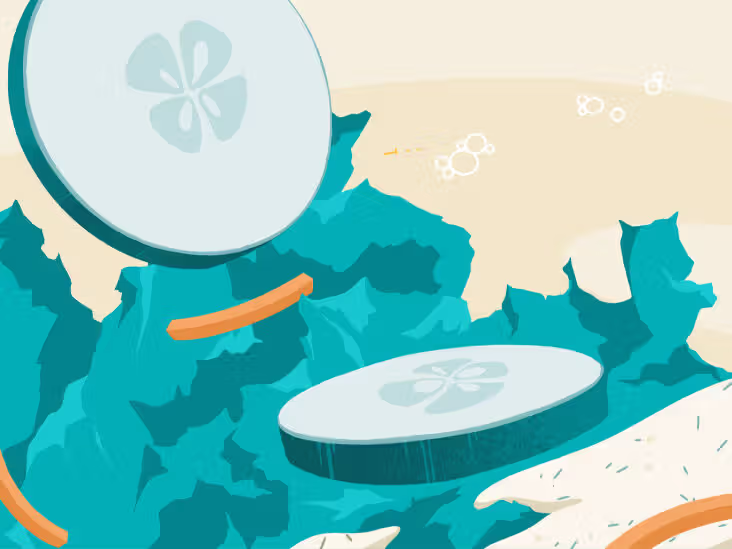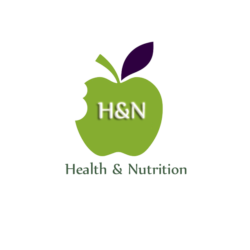Eat It or Leave It? A Comprehensive Ingredient Dictionary to Simplify Your Shopping Trip
Decode Your Grocery Labels with Confidence
Do you ever stand in the grocery aisle wondering whether an ingredient is good or bad for you? You’re not alone. From sodium benzoate to xanthan gum, our food is packed with unfamiliar names. This comprehensive ingredient dictionary is your go-to guide to make smarter, healthier choices on your next shopping trip.
Why This Matters?
Understanding food labels isn’t just for the health-obsessed—it’s crucial for everyone who wants to eat cleaner, reduce chemicals, and avoid hidden sugars, fats, or allergens.

What Is an Ingredient Dictionary?
An ingredient dictionary is a simple guide that breaks down common food ingredients into:
- Safe to Eat
- Eat in Moderation
- Avoid When Possible
It acts like a label-decoding cheat sheet you can refer to while shopping or planning meals.
Safe to Eat Ingredients (Eat It)
These ingredients are generally considered safe, natural, and beneficial for health:
Citric Acid
- What It Is: Natural acid found in citrus fruits.
- Why It’s Used: Preservative and flavor enhancer.
- Verdict: Safe and naturally derived.
Lecithin (Soy or Sunflower)
- What It Is: A fatty substance from soybeans or sunflower seeds.
- Why It’s Used: Emulsifier in chocolates and baked goods.
- Verdict: Safe, though soy-based versions may be genetically modified (opt for non-GMO if possible).
Ascorbic Acid (Vitamin C)
- What It Is: Antioxidant and vitamin.
- Why It’s Used: Preserves color and freshness.
- Verdict: Healthy and beneficial.
Moderation Zone Ingredients (Eat in Moderation)
These ingredients aren’t necessarily harmful but may raise red flags in large quantities or in sensitive individuals:
Natural Flavors
- What It Is: A catch-all term for flavor compounds derived from natural sources.
- Why It’s Used: Enhances flavor without listing every spice.
- Verdict: Okay occasionally, but too vague to fully trust.
Carrageenan
- What It Is: Seaweed-derived thickener.
- Why It’s Used: Improves texture in dairy-free and low-fat products.
- Verdict: May cause digestive issues in some; limit usage.
Maltodextrin
- What It Is: A carbohydrate derived from corn or potato starch.
- Why It’s Used: Adds thickness and improves shelf life.
- Verdict: High glycemic index—diabetics should be cautious.
Avoid When Possible (Leave It)
These ingredients are often linked to health concerns and are best avoided:
High-Fructose Corn Syrup (HFCS)
- What It Is: A cheap sweetener from corn starch.
- Why It’s Used: Adds sweetness to soda, snacks, sauces.
- Verdict: Linked to obesity and metabolic disorders.
Sodium Nitrite
- What It Is: Preservative in processed meats.
- Why It’s Used: Prevents bacterial growth and enhances color.
- Verdict: Potential cancer risk—especially when overconsumed.
Artificial Colors (e.g., Red 40, Yellow 5)
- What It Is: Synthetic dyes made from petroleum.
- Why It’s Used: Makes foods visually appealing.
- Verdict: Linked to hyperactivity in children and possible allergens.
How to Use This Ingredient Dictionary While Shopping
- Read Labels Carefully: Don’t get fooled by “all-natural” or “low-fat” labels. Look at the ingredient list.
- Use the Traffic Light System: Green = Eat It, Yellow = Moderate, Red = Avoid.
- Download Label-Reading Apps: Try apps like Yuka, EWG Food Scores, or Scan Eat.
- Keep It Simple: Fewer ingredients, fewer chemicals.
Final Thoughts: Don’t Be Fooled by Fancy Names
Food marketing is designed to confuse. With this ingredient dictionary, you’re better equipped to separate the real from the artificial, the safe from the suspicious.
The more you understand what you’re eating, the more control you have over your health. Use this guide to build a healthier shopping cart—and a healthier lifestyle.
FAQs: Ingredient Shopping Simplified
What food ingredients should I avoid while grocery shopping?
Avoid artificial colors, preservatives like sodium nitrite, and sweeteners like high-fructose corn syrup.
Are natural flavors bad for you?
Not always, but they’re vague. If you have allergies or sensitivities, it’s best to be cautious.
Is citric acid harmful?
No, citric acid is naturally found in citrus fruits and safe to consume.
How do I know if an ingredient is safe?
Use an ingredient dictionary or mobile app to quickly check safety levels.



